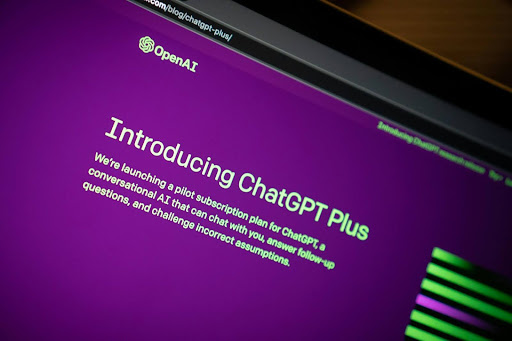The Met Gala 2024 has come and gone, but it leaves behind a trail of trends, innovation, and statements. ‘The Garden of Time’ rolled out a green carpet for sustainability in fashion and stunning celebrity looks that captured the essence
News from ApparelMagic clients
Around the world, the biggest names in fashion choose ApparelMagic

Leveraging ERP API Integration with OpenAI for Rapid-Scaling Apparel Brands
The integration of OpenAI’s API into an ERP system offers great benefits for apparel brands aiming to scale efficiently and effectively. ERP, or enterprise resource planning, systems, centralize various business functions such as inventory management, finance, and human resources into

Embracing Omnichannel Approaches in Apparel ERP
Omnichannel approaches in the retail sector refer to the seamless integration of various shopping channels (like online, mobile, and physical stores). This approach aims to provide customers with a unified experience no matter how they choose to shop. This strategy

The Pros and Cons of an Automated Replenishment
Staying ahead in the fashion industry isn’t just about setting trends—it’s also about smart inventory management and supply chain efficiency. That’s where automated replenishment comes into play, a game-changer for the apparel industry. Now, this innovative approach isn’t just a

The Best Inventory Replenishment Methods Explained
Customer expectations for quick order fulfillment are at an all-time high. This necessitates the optimization of warehouse operations to ensure efficiency and speed in meeting these demands. To help achieve these goals, this guide delves into the critical area of

10 Years with ApparelMagic: West Indies Wear’s Journey to Better Inventory Management
The Challenge West Indies Wear, founded by designer Kim Van Loo, started as a small but vibrant resortwear business. In its early years, the company faced significant challenges managing its growing inventory and complex orders. Initially, Kim relied on Excel

How to Choose the Right Replenishment Method for Your Apparel Brand
An effective replenishment system is the backbone of any successful apparel brand, ensuring that products are available when customers need them while minimizing waste and maximizing profitability. However, achieving this balance is easier said than done. Apparel businesses today face

Revolutionizing Retail: How eCommerce is Transforming the Apparel Industry
eCommerce has not only expanded the horizons of retail but has fundamentally transformed how consumers interact with brands and make purchasing decisions. This transformation is driven by a range of factors, from the shifting shopping habits of millennials to the
